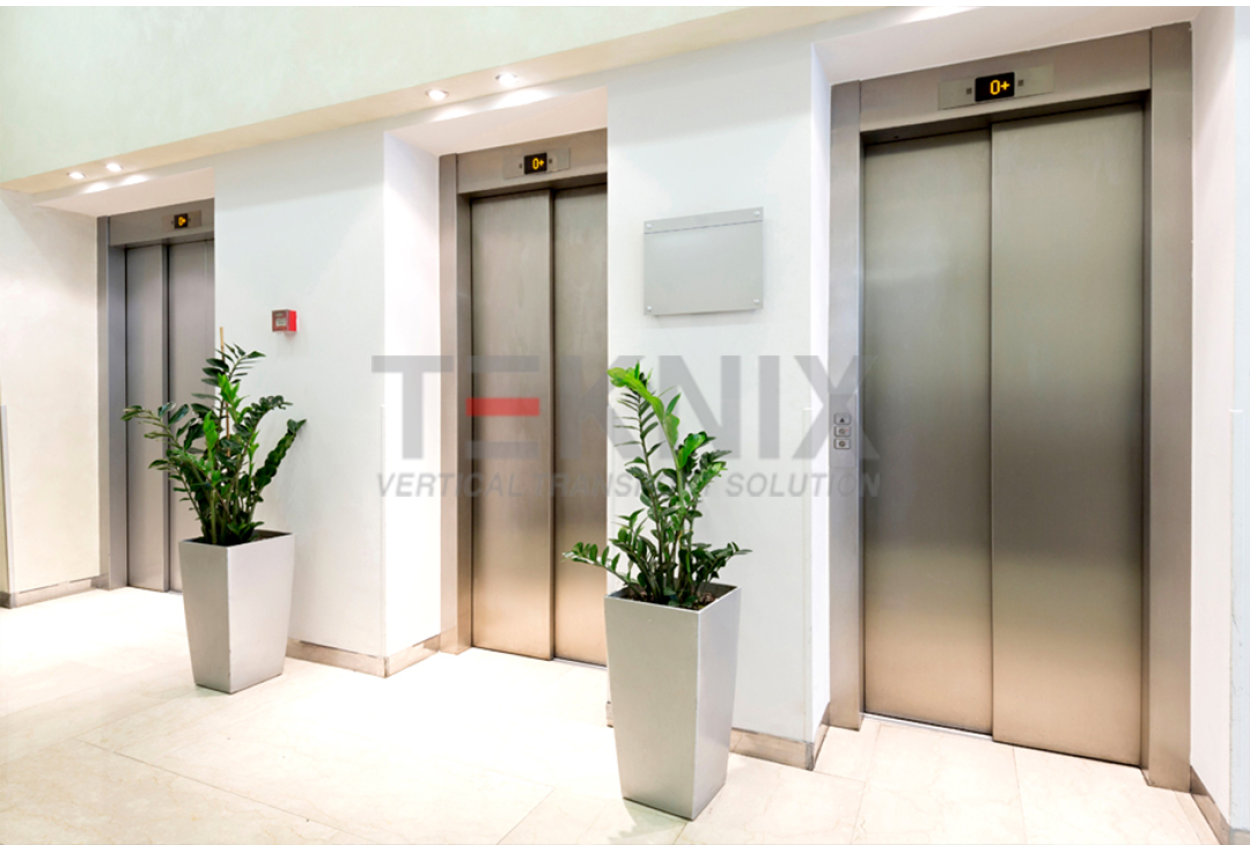We Maintain Lifts to the Greatest Specifications: Reliable Service for All Lift Types
We Maintain Lifts to the Greatest Specifications: Reliable Service for All Lift Types
Blog Article
Delving Into the World of Lifts: Usual Problems Encountered by Different Lift Mechanisms
As we navigate via the upright transport systems of contemporary structures, elevators stand out as an indispensable part of our day-to-day lives. From hydraulic elevators to traction systems and machine-room-less designs, each lift type comes with its collection of usual problems.
Hydraulic Lifts
Hydraulic lifts, typically preferred for low-rise buildings, use fluid stress to manage the motion of the elevator automobile (lift repair companies). This device involves a hydraulic pump pushing oil right into a cylinder, creating the lift to relocate in the preferred instructions. While hydraulic lifts are known for their smooth and silent operation, they do include their very own set of typical concerns
One prevalent issue with hydraulic lifts is oil leak. Furthermore, issues with the control system, such as faulty valves or a malfunctioning pump, can trigger disturbances in the elevator's movement.
Regular upkeep and timely repair work are necessary to ensure the smooth functioning of hydraulic lifts. By addressing these typical problems proactively, structure proprietors can minimize downtime and make certain the security and effectiveness of their vertical transportation system.
Traction Lifts
When taking into consideration vertical transportation systems in structures, an additional typical kind besides hydraulic lifts is the grip lift. Traction lifts operate making use of a system of ropes and weights that relocate the lift vehicle by grasping onto the hoist ropes. This mechanism allows for smoother and quicker upright transport compared to hydraulic systems.
Among the common concerns faced by traction lifts is rope wear. The consistent motion of the ropes within the grip system can result in damage gradually, possibly triggering the lift to breakdown or become dangerous for usage. Regular inspections and upkeep of the ropes are important to ensure the elevator's appropriate functioning and security.
One more problem that traction elevators might encounter is related to the control system. Issues with the control system can lead to concerns such as irregular motion, delays in feedback times, or perhaps total closures. Routine screening and upkeep of the control system are vital to avoid such issues and guarantee the elevator's dependability.
Machine-Room-Less (MRL) Elevators

Among the crucial components of MRL elevators is the small gearless grip machine that is mounted within the hoistway. This machine efficiently drives the elevator car without the requirement for bulky equipment found in traditional grip lifts. In addition, MRL elevators typically utilize a weight system to balance the car, further enhancing their energy performance.
In spite of their advantages, MRL lifts may face challenges associated with upkeep and repair work because of the constrained area for tools installation. Accessibility for servicing parts within the shaft can be restricted, calling for specialized training for technicians. Correct upkeep timetables and regular assessments are crucial to make sure the continued smooth operation of MRL elevators.
Overloading and Weight Limit Issues
Are lifts equipped to handle excess weight lots effectively and safely? Straining and weight restriction problems are critical worries in elevator operations. Elevator suppliers layout raises with certain weight capabilities to guarantee traveler safety and security and equipment longevity. Exceeding these weight limitations can cause numerous troubles, consisting of mechanical failures, hold-ups, and security hazards.
When lifts are strained, it puts too much strain on the motor, cables, and various other components, potentially causing malfunctions or breakdowns. If they identify excess weight, safety and security devices such as sensors and overload sensors are in area to stop elevators from relocating. Furthermore, surpassing weight limitations can result in increased energy consumption and deterioration on the elevator system.
To alleviate overloading concerns, developing managers must prominently show weight restrictions in elevators and educate passengers on the significance of adhering to these restrictions - lift repair companies. Routine maintenance checks by qualified technicians can likewise help make sure that elevators are operating within secure weight parameters. By resolving overloading and weight limit problems proactively, structure proprietors can improve elevator security and effectiveness
Electric System Failures
Surpassing weight limits in lifts can not only lead to mechanical problems yet additionally possibly add to electrical system failings within the lift facilities. Electric system failures are a vital problem in lift procedure, as they can trigger unexpected shutdowns, malfunctions, and even safety and security threats. One typical electric problem is the overheating of elements because of excessive present flow brought on by overwhelming the lift past its capacity. This can bring about damage to the circuitry, electric motor, or control systems, resulting in costly repair work and downtime.
Additionally, power surges or changes in the electrical supply can also interrupt the elevator's operation, lift companies in London impacting its performance and safety. These electric disturbances can damage sensitive lift components such as control board, circuit boards, or sensors, resulting in system failures. Normal maintenance and examinations are vital to recognize and attend to possible electric concerns immediately, making certain the safe and reliable operation of lift systems. By sticking to weight limits and performing regular electrical system checks, structure owners can reduce the threat of electrical failures in elevators.
Verdict

Hydraulic lifts, typically liked for low-rise buildings, use fluid stress to control the motion of the lift car.When considering vertical transport systems in buildings, an additional typical kind apart from hydraulic lifts is the traction elevator. Traction lifts run making lift repair near me use of a system of ropes and weights that move the lift car by clutching onto lift repair near me the hoist ropes. Unlike standard lifts that require a different device room to house the devices, MRL elevators integrate many of the components within the shaft, getting rid of the requirement for a committed machine area.In final thought, elevators face common concerns such as hydraulic malfunctions, traction system failings, and electric system troubles.
Report this page